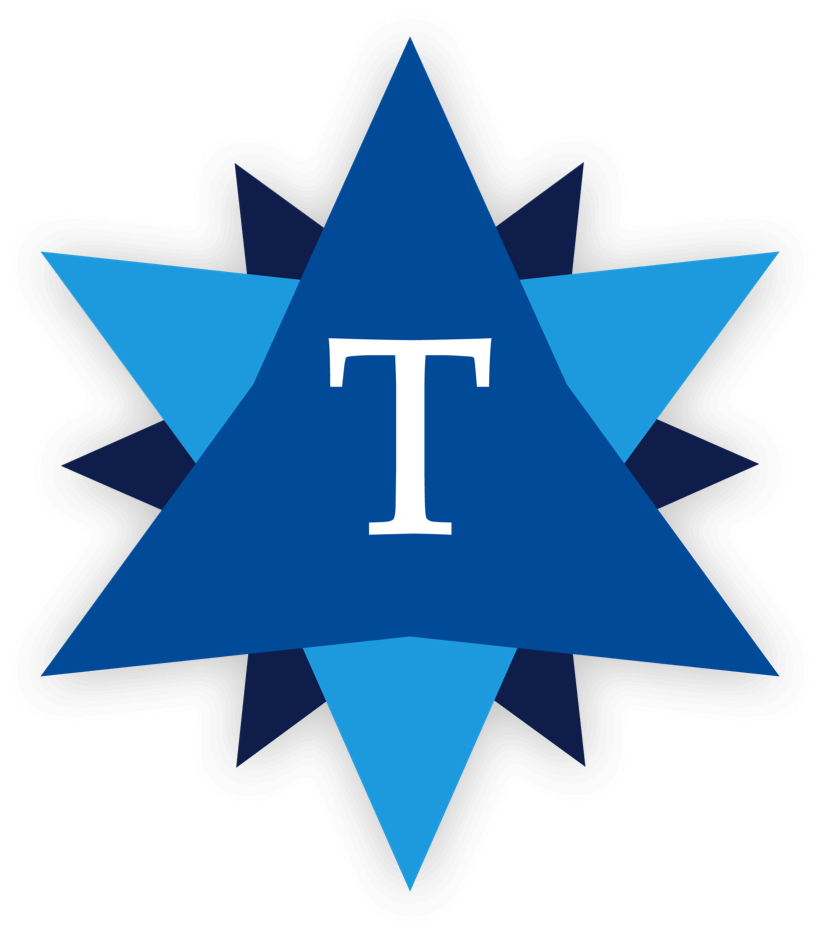Between a Rock and a Hard Place
Guest Author

I suspect that most Chief Information Officers (CIOs) go through their careers hoping to never have to replace an Enterprise Resource Planning (ERP) system. In fact, I’d wager that the same is true for Chief Financial Officers, Chief Academic Affairs Officers/Provosts, and Chief Student Affairs Officers. After all, your present ERP likely handles your daily needs, such as registering students, processing payroll, and paying vendors, even if it does so in a 1990s sort of way. While spending a few million dollars will buy you a shiny new ERP system with a bunch of new features, at the end of the day, its main role is to meet those very same daily needs. And spending the money for the new ERP is only part of the cost. There is an incredible amount of staff time and energy devoted to designing and implementing a new system. Given all of this, it’s no surprise that replacing an ERP would be way down on the list of things most CIOs want to do.
However, while there are things that you want to do, there are also things that you have to do. If you are on a legacy ERP system, you know that at some point you will have to replace it. Software, like everything else, can’t run forever. You know deep in your heart that your legacy ERP is like a rock tied to your institution, holding you down. Its dependence on core technologies from the last century means that almost every new feature that you would like or need requires you to modify the base system or bolt on additional products. Both approaches require significant staff time to implement and maintain. While most of our students now want to access our ERPs using mobile devices, most legacy ERP systems were designed for dumb terminals. So, vendors and our own staffs have been spending considerable time, energy, and money putting “lipstick on a pig” to make these green-screen systems appear to have some relevance in the current century and to the current generation of students (and employees).
You know that at some point you are going to have to get out from under the rock of your legacy ERP and find something new, but you have very likely been putting off making this decision. Maybe you negotiated a recent contract renewal for a significant number of years, hoping to kick the can down the road a little further to let the market “mature” or “settle down” before you make a decision. And maybe you have been kicking the tires of other ERP systems to see what’s out there, to start down what you hope will be the long path to decision-making. But while you think that buying time might be the best strategy for you and your institution, time is the one luxury that you really don’t have.
The reality is that while your present legacy ERP may be your rock, the end-of-life date for that same ERP represents your hard place. And that puts you and your institution squarely between a rock and a hard place. While you may not think that such a date is looming or imminent, failing to prepare for it would be a perilous mistake to make. In fact, if you are presently on Banner 8, Ellucian has just defined that hard place for you: December 31, 2018. After that date, the Banner 8 administrative applications go into “sustainable support” mode, meaning that there will be no more updates or enhancements, no more bug fixes or regulatory updates to financial aid. And, let’s be serious. Do you really think that it is in the best interest of your institution for you and your IT staff to take on maintaining all aspects of a 20-year-old system?
If you are smiling and saying to yourself, “Thank goodness we aren’t a Banner customer,” understand that your position is probably no better. At some point you, too, will have the hard place of an end-of-support date dictated to you by your legacy-system vendor. Even worse, you might not get the same amount of notice as Ellucian has provided their customers.
So what should you do?
Let me answer that question with another one: Do you want to take the decision-making about a new ERP into your own hands, or do you want to let your legacy vendor make this decision for you? If your answer is the latter, that you are going to ride out your current solution until you have no choice, then you can stop reading at the end of this paragraph. Because if you are simply going to coast down the road until your legacy vendor forces you to upgrade, you are doing your institution a great disservice. If you wait to have a decision forced upon you, you will have very likely lost all the time that you would have needed to look at the ERP landscape and decide whether the new offering from your legacy vendor is really the right choice for you. To be fair, it may very well be the right choice, but do you really think that your institution wants you to abdicate the ability to actually make a decision by waiting until you don’t really have any choice?
My recommendation is to take the decision-making back from the vendors and to put it into the hands of your institution. Now is precisely the right time to seriously examine the ERP landscape to determine the best solution and implementation timeline for your institution. Any ERP decision will take months to make, and finding the funding might take even longer. Further, any ERP implementation will take one or more years, so the decision-making needs to start now. If you think that staying with your legacy vendor may be the least costly path to take, I would urge you to look at the costs of any new hardware requirements, whether they require or strongly suggest a move from on premises software to the cloud, software licenses, and professional services needed to migrate from your legacy product to their new offering. Don’t make what could be a very costly assumption that staying the course will be in the best long-term financial interest of your institution.
Please do not think that I am advocating one ERP solution over another. As stated earlier, virtually every ERP on the market will meet your basic needs. But how long has it been since you engaged your stakeholders in a discussion about what is and isn’t working in your current ERP, or what features they really need to meet the present needs of their clients? Now is the time to determine your institutional needs and desires with respect to an ERP and to survey the landscape to see what new ERP solutions might best meet them. Don’t be put off by the fact that many modern systems are still in development. Your implementation is months away, giving vendors time for their offerings to emerge and mature—and perhaps giving you an opportunity to shape their feature set. Most of the fully featured offerings on the market may be newer than your legacy ERP, but check under the hood to see whether you are buying a truly new system that will provide a technological platform for the future or someone else’s legacy system that has been gussied up for sale.
While you may presently find yourself between a rock and a hard place, between your legacy ERP and an end-of-support date, you do not need to stay there. Take on the task of decision-making with the rest of your institutional stakeholders, and help lead your institution down a new path of your own choosing rather than being defaulted down a path that you may not find to your liking.
If you enjoyed reading this issue and would like to share or read the interview in PDF format, click here.
Categories
Share Article:

Other Posts From this Author:
The views and opinions expressed in this article are those of the author and do not necessarily reflect the official policy or position of the Tambellini Group. To become a Top of Mind guest author, please contact us.
© Copyright 2025, The Tambellini Group. All Rights Reserved.